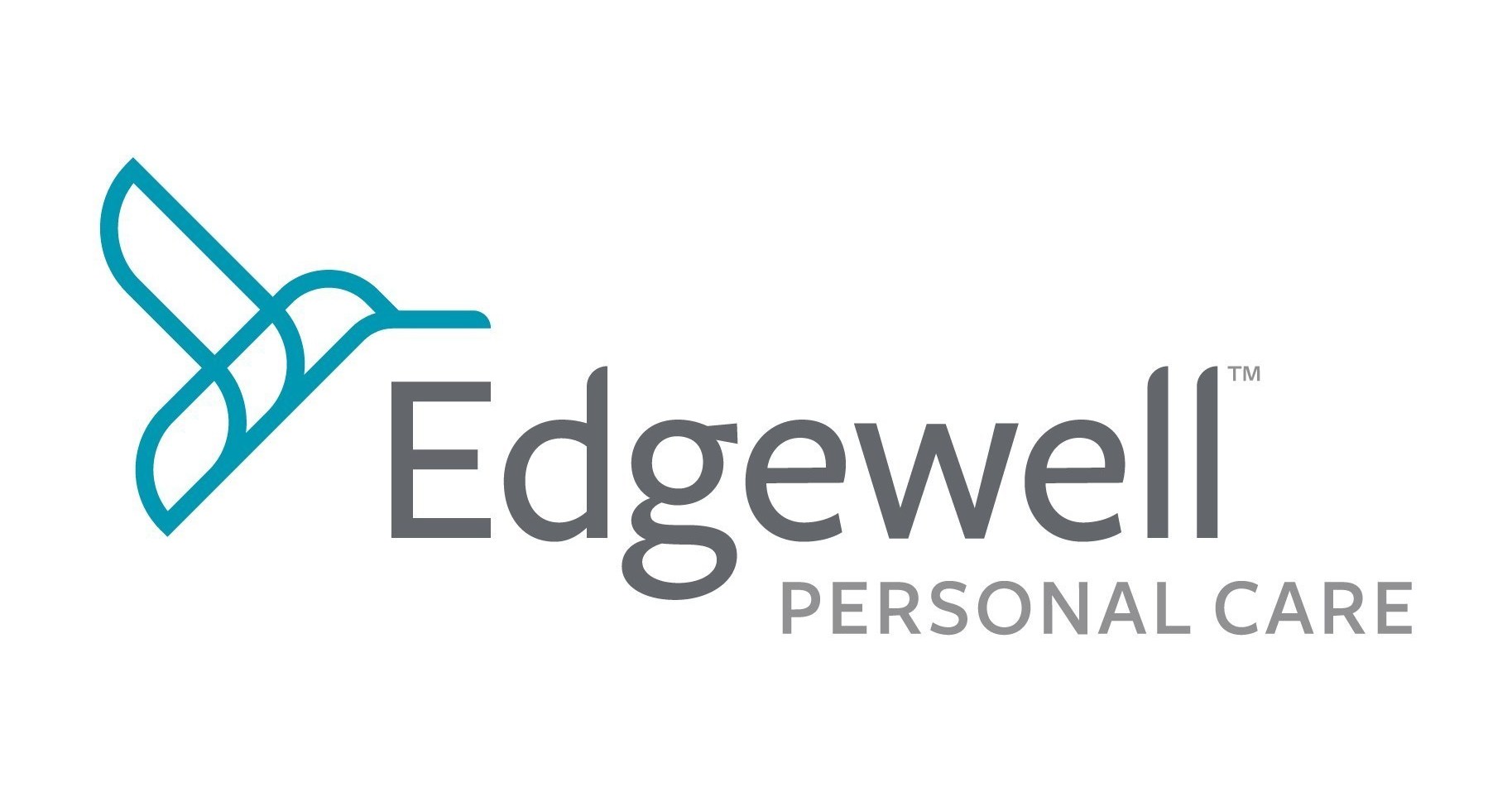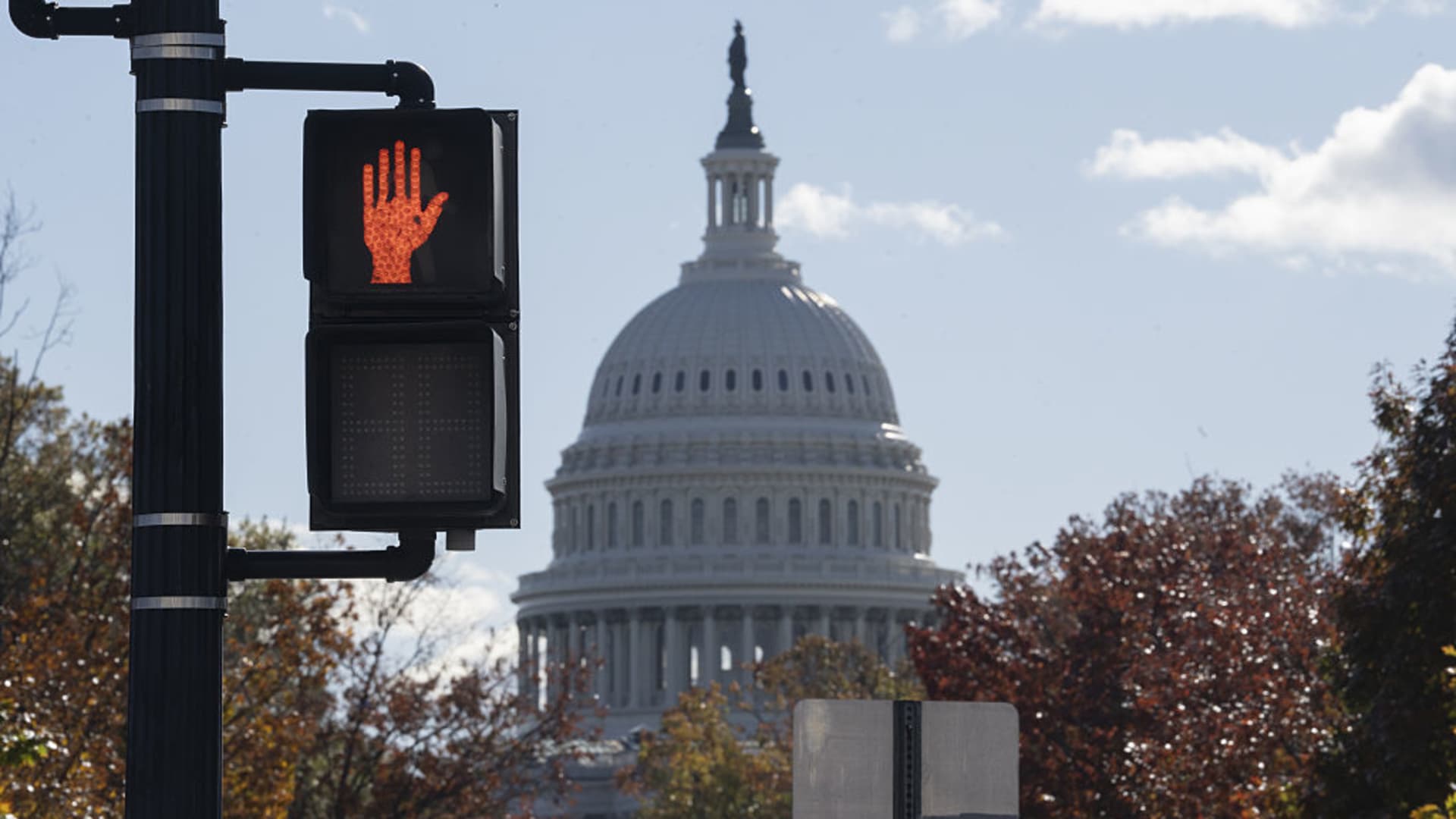Transaction streamlines Edgewell’s portfolio and allows the personal care brand to focus on areas of competitive leadership
SHELTON, Conn., Nov. 12, 2025 /PRNewswire/ — Edgewell Personal Care Company (NYSE: EPC) today announced that it has entered into a definitive agreement to sell its feminine care business to Essity, a leading global health and hygiene company based in Sweden, for $340 million.
The transaction is expected to close in the first quarter of calendar 2026, subject to customary closing conditions, including the receipt of required regulatory approvals. Edgewell’s feminine care business includes Playtex®, Stayfree®, Carefree® and o.b.®. Edgewell intends to use the net proceeds from the sale, after taxes and transaction costs, primarily to strengthen its balance sheet while continuing to invest in the long-term growth of its core businesses.
“This transaction marks a pivotal step in Edgewell’s transformation. By selling our Feminine Care business to Essity, we are sharpening our focus on our core categories, strengthening our financial position, and positioning Edgewell for sustainable, long-term growth,” said Edgewell President and CEO Rod Little. “This is a win for our shareholders who will benefit from a more agile and focused company; for our customers, who will continue to receive innovative products and dedicated service; and for our employees, who will have new opportunities for growth and success with Essity, a global leader in health and hygiene.”
“I’m excited to further grow these well-known brands by welcoming them into our bold and purpose-driven feminine care business. With this acquisition we are building a stronger personal care business in North America, in line with our strategy to focus on high yielding categories in attractive geographies,” says Ulrika Kolsrud, President and CEO of Essity.
Edgewell will work closely with Essity to ensure a smooth transition for employees, customers, and consumers of the Feminine Care business. Edgewell has agreed to provide Essity with certain services to support the transition of the business following the completion of the transaction.
Beginning in the first quarter of fiscal 2026, Edgewell will classify the Feminine Care business as discontinued operations. Following the transaction, Edgewell expects to incur certain stranded overhead costs, which for fiscal 2026, will be substantially offset by income generated from the provision of transition support services to Essity. For context, the Company expects the impact of Feminine Care business sale on an annualized basis to be approximately $0.40 to $0.50 cents in adjusted EPS and $35 to $45 million in adjusted EBITDA, net of such income.
Advisors
Perella Weinberg Partners LP is serving as financial advisor to Edgewell. Latham & Watkins LLP is serving as legal advisor to Edgewell.
Forward-Looking Statements
This press release contains forward-looking statements within the meaning of the Private Securities Litigation Reform Act of 1995. All statements contained in this press release that do not relate to matters of historical fact should be considered forward-looking statements, including without limitation statements regarding the anticipated timeline for closing of the transaction, our anticipated uses of net proceeds from the transaction, anticipated benefits of the transaction to us and our stakeholders, entry into and the obligations under the transition services agreement following the transaction, and our strategy, future financial results, and competitive position. These statements are neither promises nor guarantees, but involve known and unknown risks, uncertainties and other important factors that may cause our actual results, performance or achievements to be materially different from any future results, performance or achievements expressed or implied by the forward-looking statements, including, but not limited to, the risk that the parties may be unable to close the transaction on anticipated timelines or at all; the failure to obtain regulatory approvals or satisfy other conditions to closing required in connection with the transaction; costs associated with the transaction and the potential that it may not have the anticipated impact on our business; the risk that disruptions from the transaction will harm business plans and operations; our ability to compete in products and prices, as well as costs, in an intensely competitive industry; the loss of any of our principal customers or changes in the policies of our principal customers; our inability to design and execute a successful omnichannel strategy; our ability to attract, retain and develop key personnel; fluctuations in the price and supply of raw materials and costs of labor, warehousing and transportation; as well as the other factors described in our Annual Report on Form 10-K for the year ended September 30, 2024, as will be updated in our Annual Report on Form 10-K for the year ended September 30, 2025 and as may be further updated in the Company’s other filings with the Securities and Exchange Commission. These factors could cause actual results to differ materially from those indicated by the forward-looking statements made in this press release. Any such forward-looking statements represent management’s estimates as of the date of this press release. While we may elect to update such forward-looking statements at some point in the future, we disclaim any obligation to do so, even if subsequent events cause our views to change.
About Edgewell Personal Care
Edgewell is a leading pure-play consumer products company with an attractive, diversified portfolio of established brand names such as Schick®, Wilkinson Sword® and Billie® men’s and women’s shaving systems and disposable razors; Edge and Skintimate® shave preparations; Playtex®, Stayfree®, Carefree® and o.b.® feminine care products; Banana Boat®, Hawaiian Tropic®, Bulldog®, Jack Black®, and CREMO® sun and skin care products; and Wet Ones® products. The Company has a broad global footprint and operates in more than 50 markets, including the U.S., Canada, Mexico, Germany, Japan, the U.K. and Australia, with approximately 6,700 employees worldwide.
About Essity
Essity is a global, leading hygiene and health company with products, solutions and services used by a billion people around the world every day. Essity’s purpose is to break barriers to well-being for the benefit of consumers, patients, caregivers, customers and society. Sales are conducted in approximately 150 countries under the leading global brands TENA and Tork, and other strong brands such as Actimove, Cutimed, JOBST, Knix, Leukoplast, Libero, Libresse, Lotus, Modibodi, Nosotras, Saba, Tempo, TOM Organic and Zewa. In 2024, Essity had net sales of approximately SEK 146bn (EUR 13bn) and employed 36,000 people. The company’s headquarters is located in Stockholm, Sweden and Essity is listed on Nasdaq Stockholm.
SOURCE Edgewell Personal Care Company






